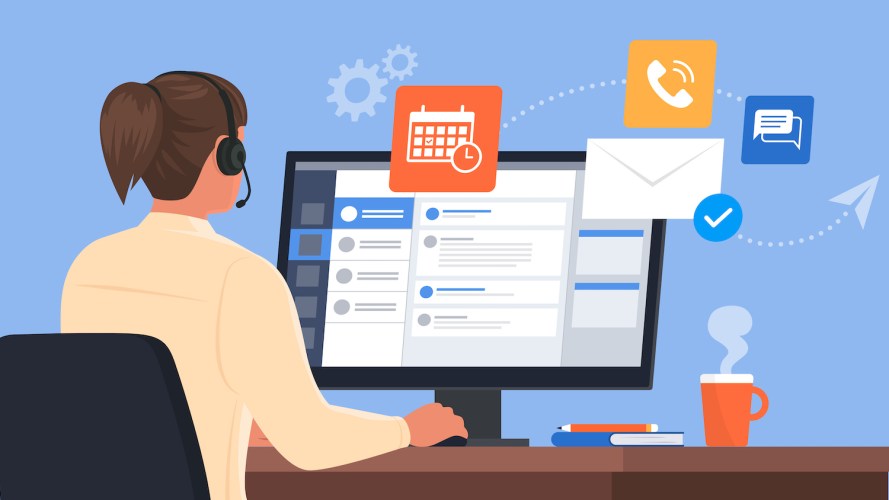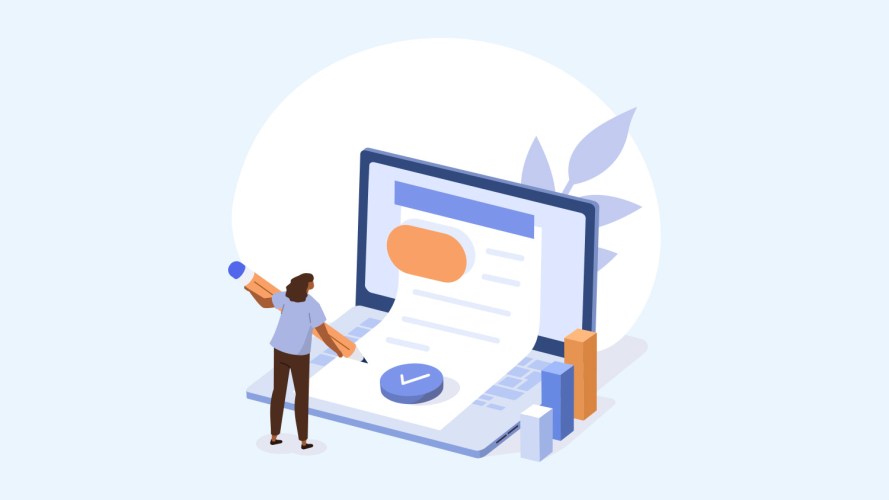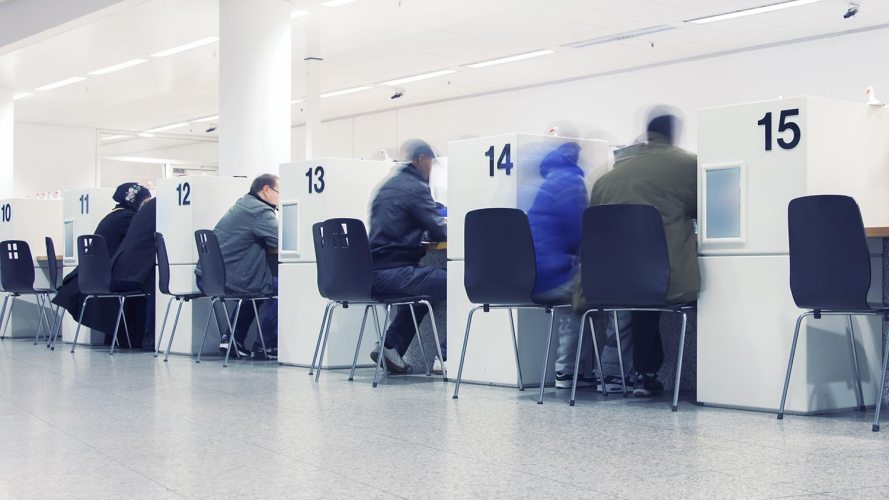How Government Agencies Can Design User-Centric Digital Experiences for the Public



There's no time like the present to digitize critical functions.

Casey Coleman
An estimated 85% of U.S. citizens say governments should have better digital services than private businesses. In light of the COVID-19 pandemic, many government agencies have taken the opportunity to accelerate digital transformation and better meet the public’s needs. In cities throughout the U.S., government agencies like the California Department of Motor Vehicles (DMV) are digitizing many of their services and finding innovative ways to automate their processes.
Managing the issuance of licenses and permits, and the inspection process that goes with it, is a particularly important government function. Twenty-five percent of all jobs require an occupational license — everything from salons, car repair shops, and pet shops, to any building that has signage, all require a permit. Restaurants and other businesses need permits to reopen safely. Entrepreneurs and small businesses provide the fuel for economic recovery, but without seamless digital licensing and permitting solutions, they may have to navigate complex processes to get the certifications they need. The same is true for the individuals and businesses that need unemployment benefits and business subsidies.
Trust is the currency of government. The public’s need for user-centric and trustworthy digital services will continue long after the pandemic subsides. That’s why government digital transformation is no longer a nice to have. It’s a must have. We’ve reimagined this entire process and have created a holistic approach to manage the licensing, permitting and inspections function faster and more effectively, with more ease and transparency for employees and customers. Here’s how you can get started designing those services and experiences.
Start with self-service
When governments provide user-centric digital tools where their constituents can find answers to their questions before reaching out to a representative, they build trust. Offering a simple and convenient self-service portal is often the best way to start.
The best government self-service solutions give the public all the information and resources they need to simplify complex, multi-step requests. This in turn allows government employees time to focus on other more complicated cases.
To deliver licensing and permitting that puts the public first, government agencies must provide a single always-open online portal where the public can do everything from finding the necessary requirements to submitting applications with the ability to easily monitor status and approvals.

Speed up service requests
Self-service portals are a powerful way to give the public solutions that can answer most of their questions, but sometimes they may still need to talk with a government employee. Government processes haven’t always been known for being efficient and timely, but in a digital-first environment, there are many ways to speed things up. By giving your employees access to the tools they need, you can eliminate inefficiencies and speed up service requests.
Simplifying the process for licensing, permitting and inspections allows governments to increase efficiency and customer service. Standardized forms cause a lot of frustration with irrelevant fields, duplicate data across different forms, and delays during multiple back-and-forth updates. To relieve this burden, government agencies can upgrade to dynamic digital forms that automatically update based on the applicant’s input.
With automated insights and a centralized view of customer data, government agencies eliminate various process inefficiencies. Both self-service and guided service can go faster when agencies connect digital tools like chatbots with their knowledge base and use automation to filter and organize service cases in real time. For example, child welfare agencies with a centralized view of foster care data can use automation to determine which cases to prioritize — finding safe homes for more children easier and faster.
Lead the way with digital-first communications
Licensing and permitting usually involve a number of in-person appointments with a lot of back and forth communication. By trading complex bureaucracy for digital-first communications, government agencies can accelerate this process, avoid errors, and save the public time and money.
With today’s digital collaboration tools, government offices can easily communicate and coordinate with applicants seamlessly by placing an order online, which minimizes delays and accelerates the application pipeline — even during a crisis.
During the COVID-19 pandemic, government agencies are handling thousands of unemployment claims. Many unemployment benefits programs have historically required people to apply and sign up in person. Without a flexible digital infrastructure, these applicants would be stranded without benefits, trying to navigate joblessness without financial assistance. But with the right digital tools, government agencies can use a centralized view of the public’s information to allow claims processors to streamline requests and get people the help they need faster.
For government agencies, digital transformation helps to meet the needs of the public — both during the pandemic and in our all-digital future. By transforming public sector information technology with digital solutions that better the lives of their constituents, governments build trust.
If your government agency hasn’t invested in digital service solutions yet, you can follow these steps to get started:
- Identify the public’s most common questions about your agency and provide clear answers.
- Update your agency’s messaging to include directions to your self-service portal.
- Streamline your self-service portal workflows to allow users to have faster visits.
**
Learn more about designing user-centric digital services for the public:























